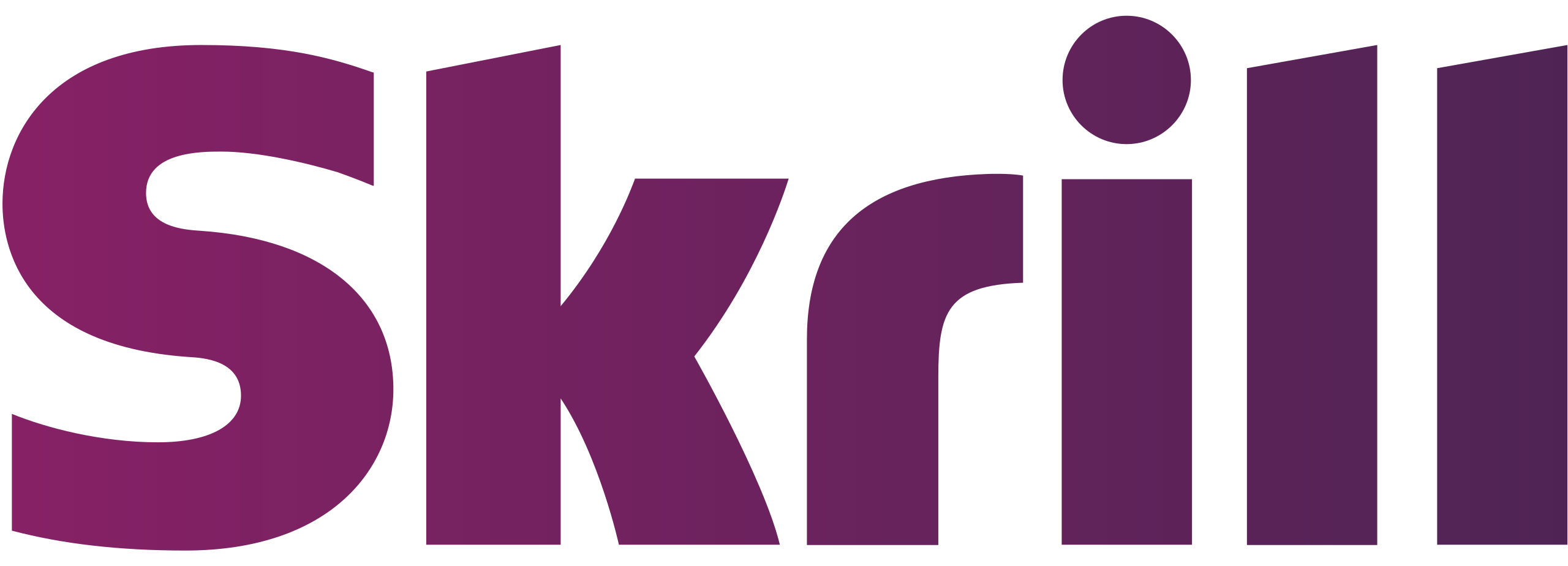A growing number of SMM (Social Media Marketing) panels now sell mass reporting services for Twitter (X)—sometimes as cheap as $0.90 per 1,000 reports. These offers promise fast, automated submission of many reports against a tweet, account, or list in the hope of drawing platform moderation attention. Before you consider using one, understand how they operate, what outcomes to expect, and the ethical, policy, and security tradeoffs. Key platform guidance explains how to report content on X directly.
What is a Twitter (X) report SMM panel?
Definition: An SMM panel is a service that provides bulk social media actions (followers, likes, views)—and some panels offer reporting packages that file many abuse/spam/violation reports to a target on Twitter/X. These are negative, scale-driven services rather than engagement boosts. Many SMM panels advertise cheap packages for various platforms.
Typical users & use cases:
-
Channel owners or moderators trying to escalate a clear policy violation quickly.
-
Competitors or malicious actors attempting to trigger moderation of a rival account.
-
Individuals seeking fast enforcement for impersonation, spam, or copyright abuse.
How does the $0.90 / 1,000 reports offer actually work?
Pricing model: Offers at this price point signal heavy automation and very low-cost reporting accounts behind the scenes. SMM panels operate at scale to lower unit costs.
Typical workflow:
-
You provide a tweet URL, account username, or user ID.
-
The panel runs automated bots / many accounts to file reports (spam/abuse/impersonation, etc.).
-
Reports are sent to X’s moderation queue; the platform may investigate depending on volume and content.
-
Some vendors claim “refill” or refund if no action occurs (policies and reliability vary).
Effectiveness: Quantity helps get attention, but volume alone doesn’t guarantee removal — moderators evaluate context and whether the content actually violates rules. X’s reporting system and guidance explain the categories you can report.
Why is the price so low?
-
Automation & bot networks: Panels use automated accounts, often low-quality or disposable accounts, and proxies to submit reports at scale. Lower overhead → cheaper prices.
-
Thin margins & competition: Many reseller panels undercut each other to win volume; reporting services are just another SKU in that catalog.
-
Risk tolerance: Low per-unit price shifts risk from vendor to buyer — if accounts are blocked or ignored, buyer loss is small, vendor keeps volume.
Benefits & motivations (why some people use them)
-
Speed: You can escalate an apparent policy violation far faster than asking many users to report manually.
-
Cost: Extremely cheap relative to other enforcement options.
-
Tactical enforcement: Some brands or mod teams use them to quickly suppress spam, impersonation, or abusive content when other channels fail.
However: speed and low cost are balanced by substantial risk (next section).
Best practices & safeguards (if you consider using a panel)
If you decide to test report panels—proceed cautiously:
-
Test with a small batch first (e.g., 50–100 reports) rather than 1,000 immediately.
-
Document everything (timestamps, screenshots, vendor chat logs) to support appeals or disputes.
-
Avoid tying the service to your main identity (use separate email/payment methods) to limit traceability.
-
Check refund / refill policies and request proof of delivery logs before paying large sums.
-
Prefer formal routes first: use X’s reporting forms and support channels for clear policy violations.
Safer alternatives
-
Manual reporting via X’s built-in reporting UI (slower but compliant).
-
Community moderation — get trusted users and admins to report legitimate violations.
-
Build your own controlled reporting workflows (if you have dev resources) rather than outsourcing to opaque vendors.
-
Legal or formal appeals if impersonation or copyright infringement is clear — these routes can be slow but are safer long term.
Conclusion
A $0.90 per 1,000 reports offer for Twitter/X may sound like a cheap, fast fix for spam, impersonation, or abuse — but price alone doesn’t ensure safe, lawful, or effective outcomes. If you consider such services, start small, carefully vet the vendor, document results, and prioritize platform-approved reporting or community moderation whenever possible.
FAQs
Q1 — Are reports to Twitter/X anonymous?
Reports are generally anonymous — targets do not see who reported them — but platforms will know the aggregate activity and may detect coordinated campaigns.
Q2 — Will 1,000 reports guarantee action (suspension/removal)?
No. Large report volume increases the chance of review, but platform moderators evaluate whether the content actually violates policy before taking action.
Q3 — Is mass reporting legal?
Legality depends on jurisdiction and intent. Even if it’s not explicitly illegal, coordinated false reporting can violate platform rules and may expose actors to civil or criminal risk in extreme cases.
Q4 — Do panels need my Twitter/X credentials?
A reputable panel should only ask for a target link/identifier — never share your login credentials. If a vendor requests your account login, it’s a red flag.
Q5 — How can I tell if a panel is trustworthy?
Look for transparent policies, verifiable proof of delivery (logs/screenshots), real reviews from independent sources, clear refund/refill terms, and responsive support. Many panels still operate in a gray area, so exercise extreme caution.
Q6 — What should I do if my account is targeted by a mass reporting campaign?
Document everything, file an appeal via X’s support forms, warn your followers, and do not engage with the attackers. If impersonation or illegal activity is involved, consider legal counsel.








